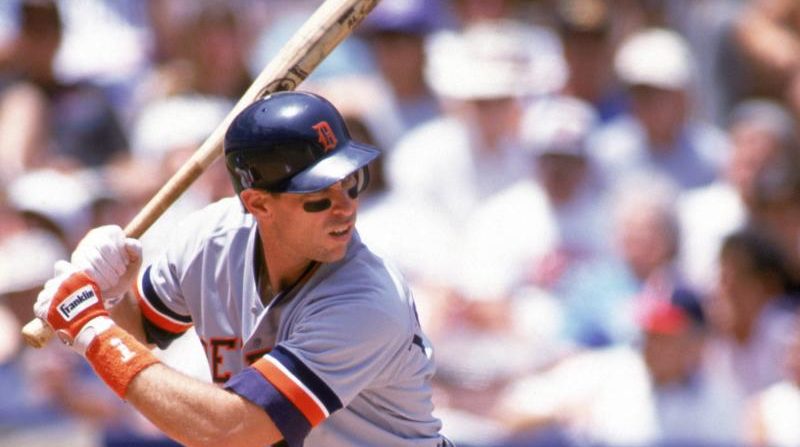As of Sunday morning, the World Series-winning 1984 Detroit Tigers had no Hall of Fame players. Now, they have two.
The Modern Baseball Era committee — part of an ecosystem of committees that has struggled in recent years to elect players, particularly living ones — tabbed a pair of new inductees Sunday: starting pitcher Jack Morris and shortstop Alan Trammell. Both players received more than 75 percent of the vote from the 16-person committee, while the other eight candidates on the ballot fell short.
As we’ll get to in a moment, Marvin Miller, the former union leaders who uprooted the entire baseball industry in the 1970s, was the most egregious snub.
Needed 12 of 16 votes for election: Jack Morris (14 votes, 87.5%); Alan Trammell (13 votes, 81.3%); Ted Simmons (11 votes, 68.8%); Marvin Miller (7 votes, 43.8%); Steve Garvey, Tommy John, Don Mattingly, Dale Murphy, Dave Parker, Luis Tiant each received fewer than 7 votes.
— Peter Botte (@PeterBotte) December 10, 2017
In Morris and Trammell, the Hall welcomes two ex-teammates who both fell short after 15 years on the BBWAA ballot — but who earned support from vastly different corners of the baseball world.
Morris’ case was all about old-school grit and determination. His numbers were far from flashy (His 3.90 ERA will be the worst in the Hall), but he earned a reputation as a bulldog and an ace, the type of guy who just seems like a star. It helped that delivered one of the greatest clutch pitching performances ever, shutting down the Braves for 10 innings in Game 7 of the 1991 World Series to lead his Twins to victory. His supporters tended to be those who valued intangible toughness and soft factors like that.
Trammell, on the other hand, may not have seemed like a Hall of Famer, as he was overshadowed by contemporary shortstops Robin Yount and Cal Ripken Jr., but he had the statistical profile of one, with a hearty .285/.352/.415 line in a low-offense era while playing strong defense. His 70.4 WAR (per Baseball-Reference) placed him as one of the most valuable players outside of the Hall. Of the nine players on the Modern Baseball Era ballot, Trammell was only one ranked above the average at his position in Jay Jaffe’s JAWS system, though Ted Simmons misses just narrowly.
Ultimately, any serious statistical analysis will conclude that admitting Trammell raises the standards of the Hall while admitting Morris lowers them, but the Morris debate has already played out over more than 15 years. With the pitcher now headed for Cooperstown, whether you like it or not, the time to argue has passed.
That said, we can and should continue to scream and yell about Miller’s continued absence from Cooperstown. As the Players Association head who took down the reserve clause and ushered in free agency, Miller should have been elected long ago, yet he continues to struggle on these committees, which are made up, in part, of some of the executives he thwarted. Miller’s exclusion has long looked particularly ridiculous given that his overmatched nemesis Bowie Kuhn won his plaque in 2008. For years, Kuhn failed to stand in Miller’s way as the Players Association fought for the salaries they rightly deserved, yet Kuhn gets feted and Miller languishes outside the Hall? There is no logical explanation.
But that’s how the Hall of Fame works sometimes. Worthy entrants often flounder while fringe candidates (or worse) sail in. Baseball writer Rany Jazayerli summed up well Sunday night.
Alan Trammell getting in is the VC at its best: honoring an all-time great the BBWAA just missed.
Jack Morris getting in is the VC at its typical: inducting a player who, while very good, clearly fell short of HoF standards.
Marvin Miller not getting in is the VC at its worst.
— Rany Jazayerli (@jazayerli) December 10, 2017
The results of the BBWAA’s annual Hall voting will be revealed on January 24, at which point we’ll find out who joins Morris and Trammell at the July induction ceremony.







